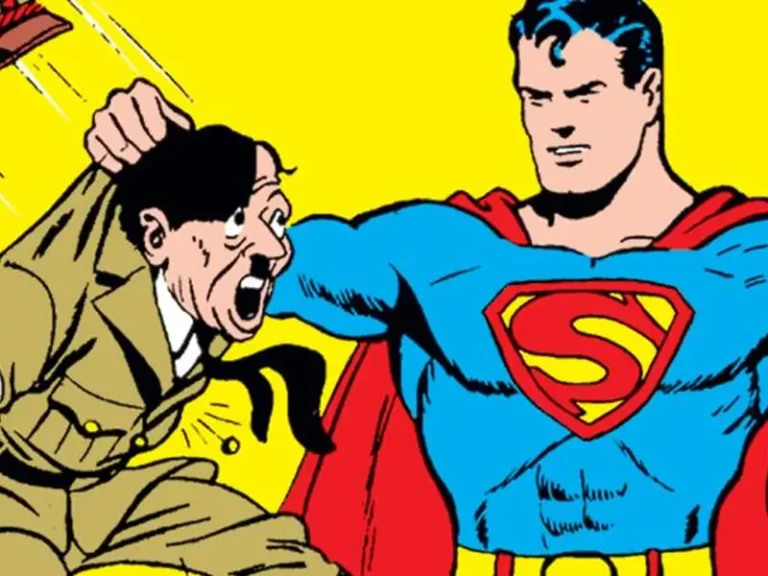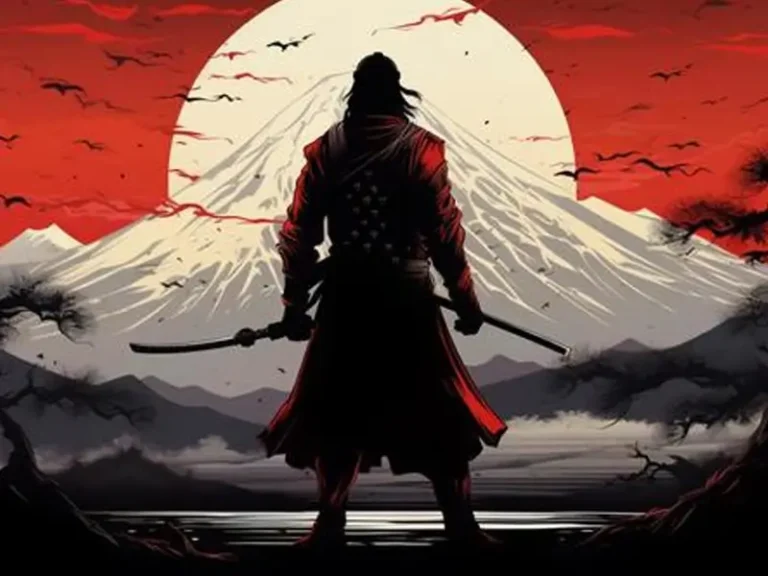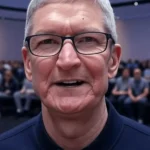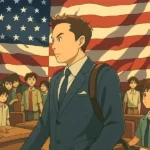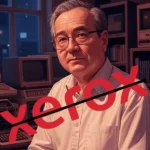July 3, 1985.
A summer day like any other. Hollywood was buzzing. Studios were dropping new releases left and right. But one film—just one—would go on to do what few others ever could. It didn’t just become a hit. It became a cultural anchor.
That film was Back to the Future.
At first glance, it looked like a fun sci-fi ride with a touch of comedy. But as time passed, something strange happened. People didn’t stop watching it. In fact, generation after generation kept coming back to it—as if the movie itself could travel through time.
Funny thing is, it nearly didn’t happen at all.
The Flash of an Idea
The spark came from something as ordinary as a high school yearbook.
Bob Gale—co-writer of Back to the Future—was flipping through his father’s old school memories when a thought hit him:
“What if you could go back in time… and become friends with your dad?”
That was the moment the time machine was born. Gale teamed up with director Robert Zemeckis—his old college buddy—and the two started shaping the story.
Doc Brown, the wild-eyed genius we all love, came straight from Gale’s childhood. He had a neighbor who was a photographer and showed him how images came to life in the darkroom. That moment felt like magic. Mix that with a 1950s TV show called Mr. Wizard, and you get the early bones of Doc.
When actor Christopher Lloyd stepped in, he added flavors of Albert Einstein and legendary conductor Leopold Stokowski. The result? A character as iconic as the DeLorean itself.
Rejected 40 Times
With the script ready, Gale and Zemeckis did what all young dreamers do: they knocked on doors. Studios turned them away. Again and again—40 times in total.
Some said the movie was too risky. Others found it too odd. But then, a breakthrough:
Steven Spielberg stepped in.
After Zemeckis had a hit with Romancing the Stone, Universal finally gave the green light. It was game time.
The Wrong Marty… Then the Right One
Eric Stoltz was the original Marty McFly. But something didn’t feel right. His take was too serious—almost sad. He saw the film as a tragedy, not a comedy.
That’s when Michael J. Fox entered the picture. Problem? He was already busy filming Family Ties. Solution? He shot the show during the day… and Back to the Future at night.
Exhausted but electric, Fox brought the spark the film needed. His energy, timing, and charm reshaped the entire project. The Marty we know today? Unforgettable.
A Machine Built With Precision
Lea Thompson, who played Marty’s mother, said it best:
“Everything came together perfectly. That doesn’t happen often.”
She’s right. Every scene, every line, every beat in Back to the Future lands like it was carved in stone. It’s one of those rare films where nothing feels wasted.
When the President Hit Rewind
Even the U.S. President couldn’t resist.
There’s a scene early in the film when Doc Brown hears that Ronald Reagan became president and says:
“Ronald Reagan? The actor? Who’s the Vice President—Jerry Lewis?”
Reagan was watching the film in the White House projection room. He laughed so hard he asked to rewind and play that scene again.
And the next year? He quoted the movie in his State of the Union address:
“Where we’re going, we don’t need roads.”
Cultural relevance? Checkmate.
“To Be Continued” Was Never the Plan
You might remember the famous final scene. Doc comes flying back in a hover-converted DeLorean and says:
“Roads? Where we’re going, we don’t need roads.”
Then… TO BE CONTINUED flashes across the screen.
But here’s the twist—that line wasn’t in the original release. It was added later when the movie came out on VHS as a teaser for the sequel.
No one had planned a trilogy at first. The fans changed that.
Why It Still Matters
Gale once said: Nobody would make this movie today. Too many people would misinterpret Marty and Doc’s friendship. But we knew it was innocent.
More than a story about time travel, the film tackled something deeper—identity, second chances, and the dream of correcting the past.
Every time you watch it, you’re left with the same question:
If you could go back… what would you change?
Not Just a Movie. A Message.
Back to the Future didn’t just exceled at box office. It broke time.
Even after 40 years, it hasn’t aged. It’s not just about DeLoreans or flux capacitors. It’s about wonder. It’s about hope. It’s about time—and how we choose to use it.
And maybe that’s why we still press play.
Some stories travel through time. This one took time by the wheel and never looked back.
If this article made you think—bookmark Wiz Fact.
We’re just getting started.
Smart, rebellious ideas are what we do here. Soon, we’ll launch our newsletter too—so these insights can fly straight to your inbox. No fluff. Just facts worth knowing.


